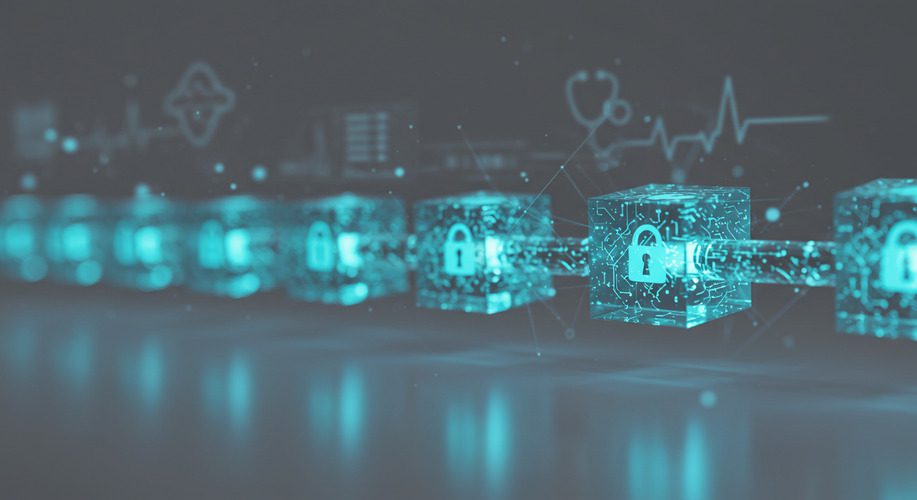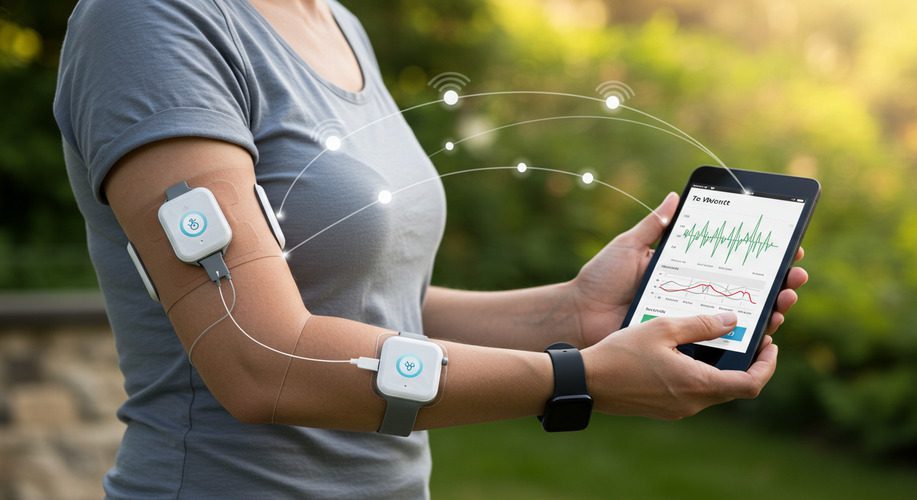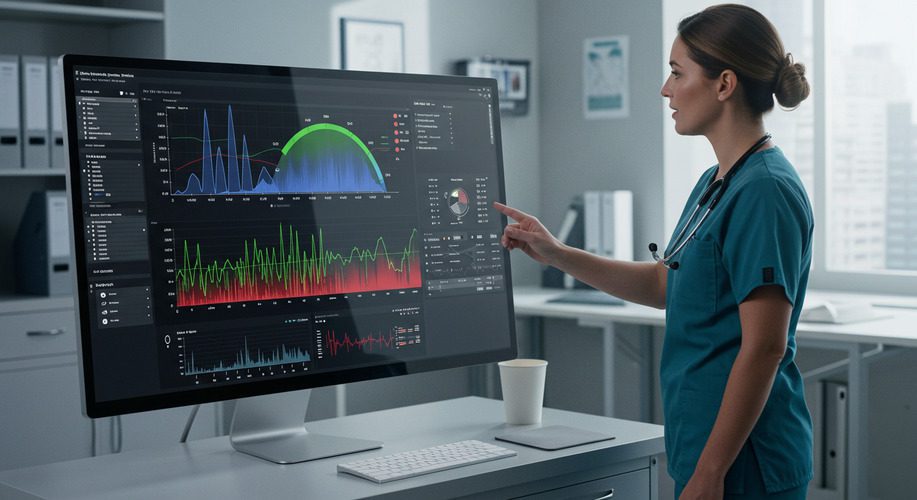As the adoption of Software as a Medical Device (SaMD) continues to grow, the cybersecurity landscape is evolving to address emerging threats and challenges. From AI-driven threat detection to blockchain-based data integrity, these innovations are critical for safeguarding patient data, maintaining regulatory compliance, and ensuring the safety of SaMD solutions. This guide highlights key cybersecurity trends shaping SaMD in 2025 and actionable steps to prepare your solutions for the future.
1. Why Cybersecurity is Essential for SaMD
1. Protecting Patient Data
- SaMD solutions process sensitive health information, making them prime targets for cyberattacks.
- Robust cybersecurity measures are critical to comply with GDPR, HIPAA, and other data protection regulations.
2. Ensuring System Integrity
- A cyberattack on SaMD can disrupt critical medical workflows, endangering patient safety.
- Advanced security protocols prevent unauthorized access and maintain system reliability.
Related: Ensuring Cybersecurity in SaMD-Telemedicine Integration
2. Key Cybersecurity Trends for SaMD in 2025
1. AI-Driven Threat Detection
- How It Works: AI algorithms analyze network traffic and detect anomalies in real-time, identifying threats before they escalate.
- Applications: Proactively securing IoT-connected SaMD devices and cloud-based platforms.
2. Zero-Trust Architectures
- Definition: A security model that assumes no user or device is trustworthy by default.
- Benefits: Strengthens access controls by requiring verification at every interaction, reducing the risk of insider threats.
3. Blockchain for Data Integrity
- How It Works: Blockchain technology creates tamper-proof records of patient data, ensuring transparency and trust.
- Applications: Securing data exchanges between SaMD and healthcare systems.
4. Enhanced Cybersecurity Regulations
- Trends: Regulatory bodies are introducing stricter cybersecurity guidelines for SaMD, such as mandatory vulnerability assessments and incident reporting.
Related: Regulatory Innovation in SaMD: How Global Standards Are Evolving
3. Challenges in SaMD Cybersecurity
1. Increasing Attack Surfaces
- Challenge: IoT-enabled SaMD expands the potential points of entry for attackers.
- Solution: Use multi-layered security frameworks to protect devices and data.
2. Resource Constraints
- Challenge: Smaller teams may lack the resources to implement advanced security measures.
- Solution: Leverage automated security tools and prioritize high-risk areas.
3. Balancing Security with Usability
- Challenge: Complex security protocols can hinder the user experience.
- Solution: Design user-friendly authentication processes without compromising security.
Related: Harnessing IoT for Improved Compliance and Monitoring in SaMD
4. Best Practices for Future-Ready SaMD Cybersecurity
1. Implement AI-Powered Security
- Deploy AI tools to continuously monitor systems for vulnerabilities and respond to threats in real-time.
2. Adopt Zero-Trust Principles
- Enforce strict access controls and monitor all devices interacting with your SaMD solutions.
3. Use Blockchain for Critical Data
- Integrate blockchain technology to secure audit trails and enhance data integrity.
4. Conduct Regular Penetration Testing
- Simulate cyberattacks to identify vulnerabilities and address them proactively.
Related: Cybersecurity Best Practices for SaMD Development
5. The Future of Cybersecurity in SaMD
1. Integration with Predictive Analytics
- AI models will predict potential vulnerabilities based on historical data, enabling proactive threat mitigation.
2. Collaboration Across Industries
- Increased collaboration between regulators, developers, and security experts will drive the development of standardized cybersecurity frameworks.
3. Focus on Quantum-Resistant Security
- As quantum computing advances, SaMD developers must adopt encryption protocols resistant to quantum-based attacks.
Conclusion
Cybersecurity is an integral part of SaMD innovation, especially as threats become more sophisticated. By adopting AI-driven tools, blockchain technology, and zero-trust architectures, you can protect patient data, ensure compliance, and maintain trust in your solutions. Preparing for these emerging trends today will position your SaMD for success in the rapidly evolving MedTech landscape.
For further insights, explore related articles:
Take proactive steps today to secure your SaMD solutions for 2025 and beyond.





